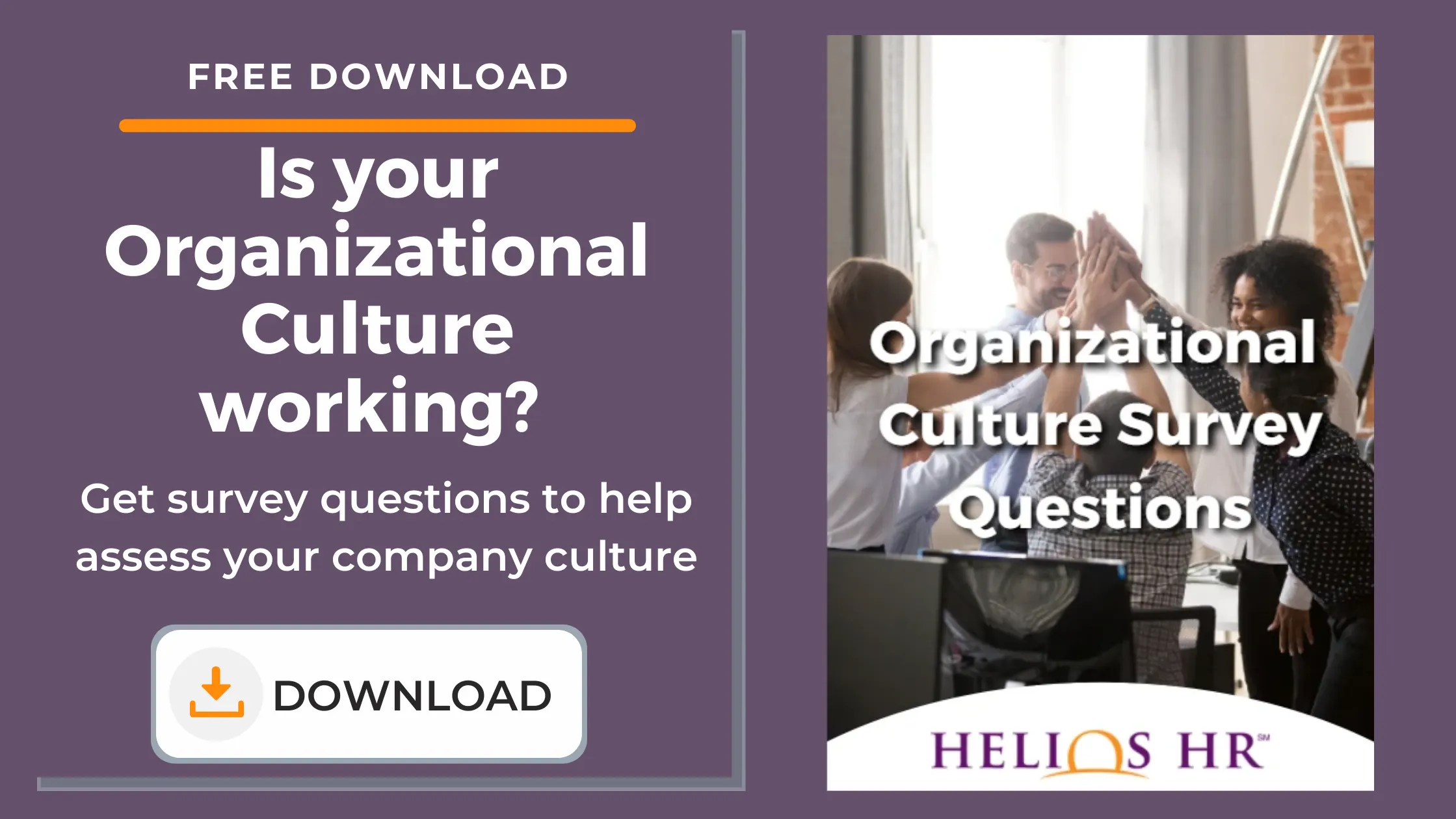By: Amy Dozier on March 26th, 2016
Why You Should Review Culture in an M&A Transaction
Recently, I attended the Northern Virginia Chamber of Commerce Gov Con Symposium in Tysons. My favorite session was a panel about Mergers and Acquisitions (M&A) and how expanding M&A activity has and will continue to reinvigorate the industry. Throughout the session, we heard a lot about the books of business, competencies, and relationships that made sense for the two organizations as they related to whether or not to move forward with a transaction.
One of the panelists, in his opening statement, mentioned how the two organizations he was merging at the time were a good fit culturally. When Q&A came around, I asked how big of an impact culture has in the decision-making process to move forward with a transaction and how culture was being assessed.
One panelist indicated even if all the numbers made sense and they weren’t a good cultural fit, they would walk away – no questions asked. It may sound extreme, but it makes sense.
3 Reasons Why You Should Review Culture in an M&A Transaction
It is our experience at Helios, if the value proposition of the transaction involves the people, organizations cannot afford to ignore culture. Here’s why...
1. Lack of Definition of the Future State
Having a clear vision is critical to any company’s success. In an M&A, if there is not a true understanding of the two cultures, how they will integrate, and how, together, they can be successful, clearly defining what the new company looks like is going to be difficult.
At Helios, we have seen many companies struggle without clear direction and many other companies wildly succeed because of their focus and definitive strategy. Mission and vision alignment are key to developing a strategy for the company and an integral part of helping employees understand how they fit into the bigger picture as it relates to goal attainment.
It is our experience at Helios, all of these things lead to more productive and profitable businesses.
2. Disruption to the Business
While defining the future state of the business is big picture strategy, what may seem to be minute details, like policies, cannot be ignored either.
If culture is ignored until after the ink is dry on the deal, and you find cultures are not aligned, management and employees are going to spend a great deal of time trying to manage the outfall instead of forging ahead with the business of this newly formed company. You, along with other members of management, will spend hours in conversations about things that although may seem trivial, are very important conversations to the workforce, like for example, how are you going to handle bereavement leave.
Time spent trying to merge two very different cultures takes away from time you could be spending trying to move the business forward and capitalizing on the whole reason the two companies were brought together.
3. Attrition
People are always going to leave during a time of change, but you can control the amount of turnover by limiting how big of a change people are facing.
Many people stay with a company because they like the place where they work and the people they work with. When you bring two organizations together with two different cultures, two different ways of approaching work, and two different philosophies about employee engagement, employee’s from both companies are going to be uneasy about what the future looks like at the new company.
The place where they have enjoyed working so much and the mission they were working toward is no longer there or at the very least has been modified from its original version. Valued team members are going to start looking for a place that is more aligned with their vision of how their contributions fit into the larger picture and at that point, the whole reason why the transaction made economic sense – the people – are walking out the door.
If you are considering an M&A transaction because you believe this company or that company will add value to your company, a culture conversation should be on top of the due diligence list. As productive as these companies may be as a team now, those same people may not perform the same in a different environment. While you may say you don’t have the time or the budget to conduct a culture assessment, your value proposition may quickly go to zero if your cultures do not align - consider that before signing on any dotted line.





